Artists for the earth
Art and Science
Climate change, pollution, collapsing eco-systems, and species annihilation – these are present scientific realities that challenge the existence we take for granted.
Fortunately, Science and Art are no longer strange bedfellows. Many artists sensitive to the changes in the natural world have become some of the strongest voices and activists for the planet by collaborating with scientists.
In doing so, sculptors, painters, photographers, architects and mixed media artists are reporting their vision and communicating what is so difficult to get across – the immensity of climate change which seems overwhelming, and what is personal to each and every one.
Artists can bridge the gap between climate science and emotion through a narrative that conveys relevancy and immediacy to the individual. When that happens, Art can transmit a sense of personal responsibility, change behavior and ultimately affect decision making.

CONCEPTUAL ART
Conceptual art gives priority to the idea and meaning within the artwork presented. Conceptual art may incorporate photography, videos, text, and performance and include everyday or “found” objects. Although the works of conceptual artists that focus on the environment lie outside traditional forms, they are able to deliver powerful messages.
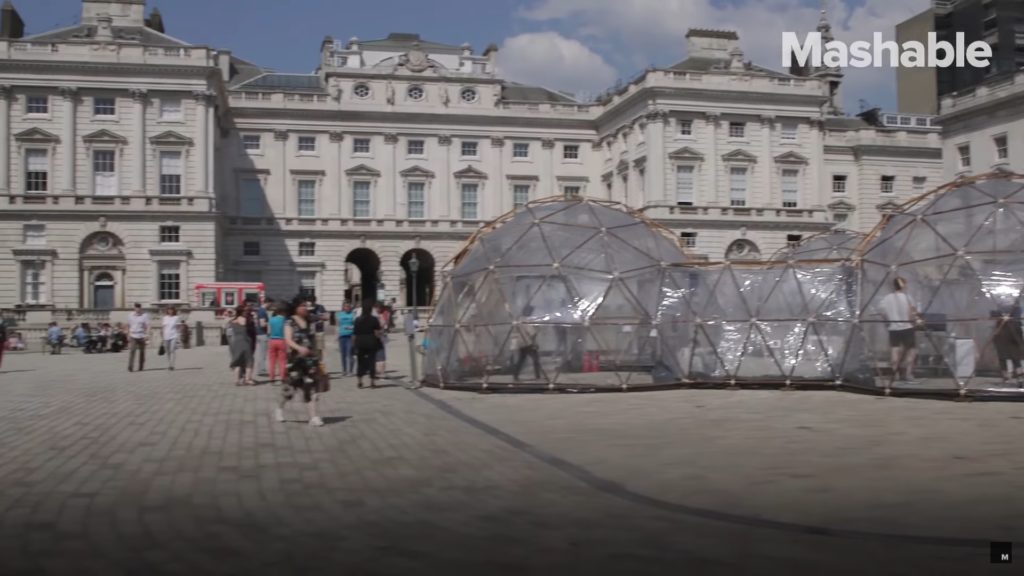
Climart Professor Christian Klockner, an environmental psychologist at Norwegian University of Science and Technology discovered that visual art using more emotive and personally relevant language may help bridge the divide between scientific information and personal responsibility. To prove their research, he and his team chose artist Michael Pinsky’s installation “Pollution Pods” – 5 interconnected geodesic domes each containing the air quality of 5 global cities recreated with smell, humidity, visibility and temperature. Evidence showed that audiences who walked through the Pods were reached emotionally by having the visceral experience of breathing the air of the different cities. First set in Trondheim, Norway, the Pods were installed at Somerset House in London in time to celebrate Earth Day 2018. 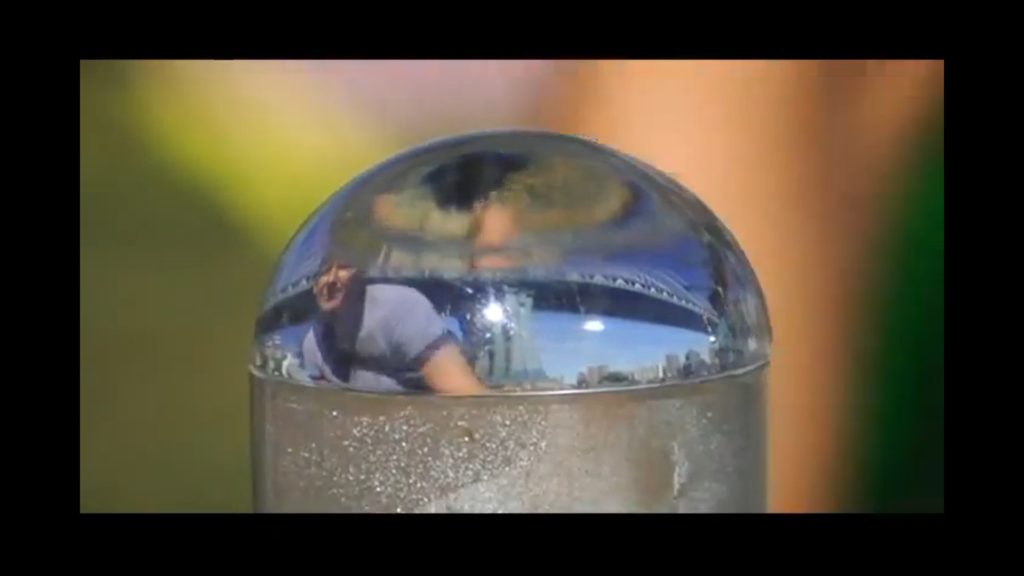
Eve Mosher’s acclaimed project High Water Line was her public artwork on the New York City waterfront that created an immediate visual and local understanding of the effects of climate change. Mosher marked the 10-feet above sea level line by drawing a blue chalk line. The line marks the extent of increased flooding brought on by climate change. During the summer of 2007, she walked, chalked and marked almost 70 miles of coastline. 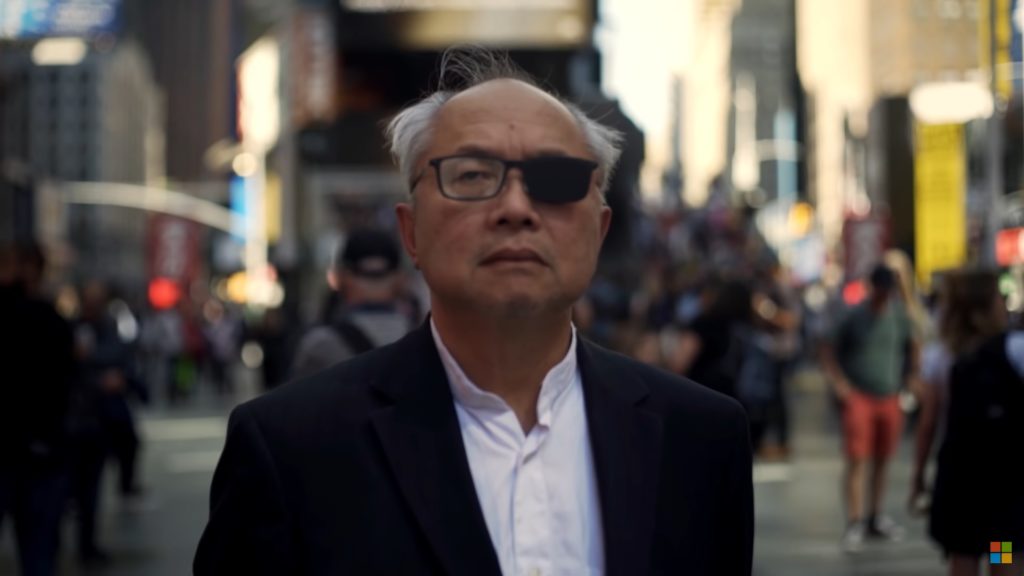
Mel Chin is a conceptual artist and activist. In his work entitled Unmoored, he collaborated with Microsoft to create a site-specific mixed reality experience in NYC's Times Square. Using Holo Lens and a custom mobile phone AR app, his 60 foot tall sculpture of a shipwreck, Wake, appears to be under 26 feet of water, imagining a time when climate change has gone unchecked. Through the virtual reality headset, the shipwreck rises to the surface of the flooded Times Square, is joined by countless ships and becomes part of a nautical traffic jam above the avenues. At the street level you see plankton and other new marine life. 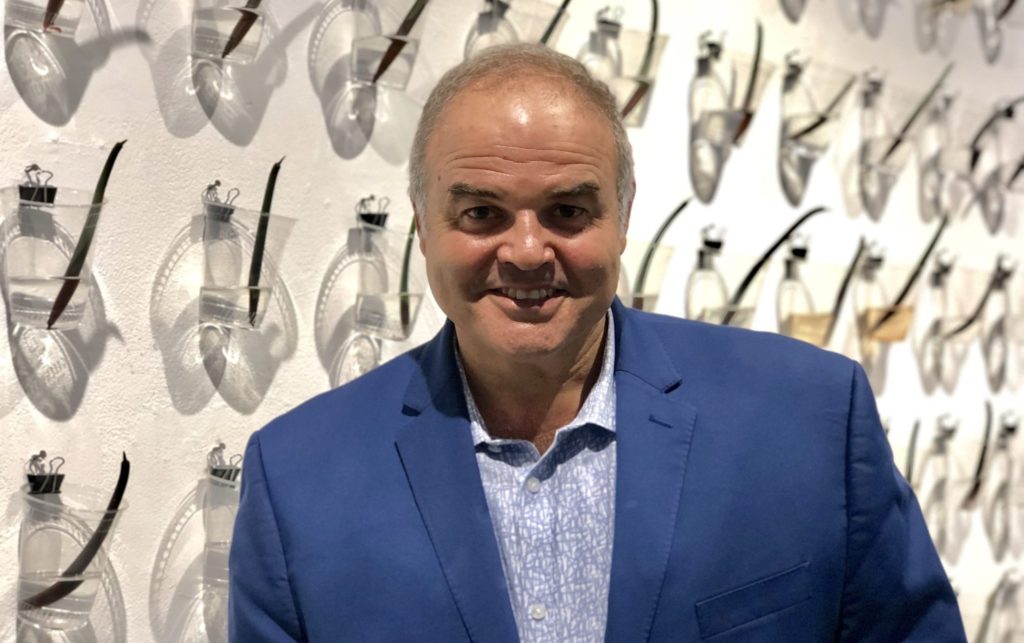
Xavier Cortada’s is a science-art practice oriented toward the environment and social engagement. He has created art installations in the Earth’s poles to generate awareness about global climate change. As a National Science Foundation Antarctic Artist and Writers Fellow he used the moving ice sheet under the South Pole as an instrument to make time. He has worked with botanists on eco-art projects for forest mangroves, native trees and wildflowers and in the Florida Everglades with LTER scientists to tell the story of rising sea levels. 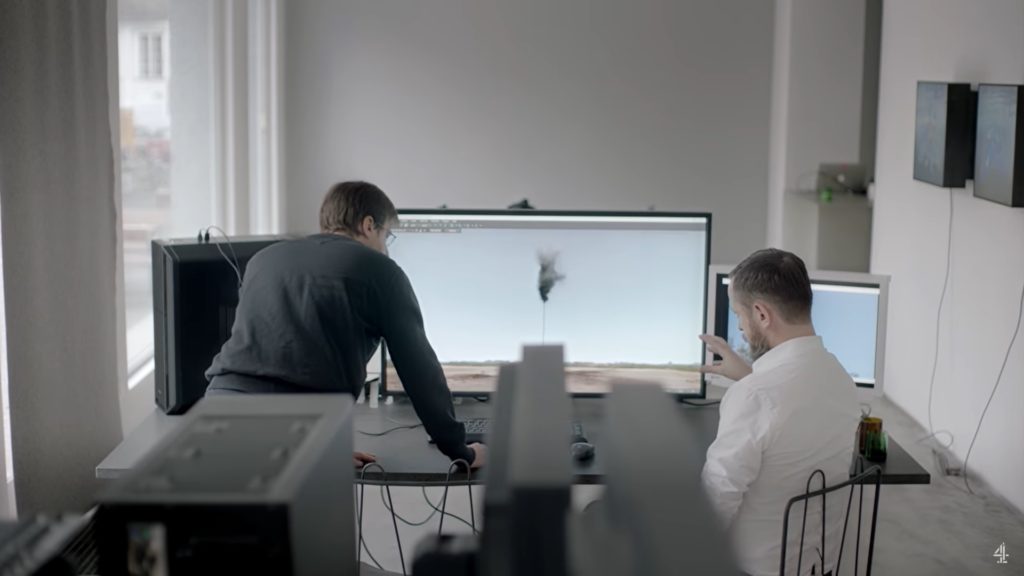
Irish artist John Gerrard flew a drone over Spindletop, Texas, the site of the world’s first major oil discovery and where the land is now barren. Taking photos from the drone, he recreated it virtually for his artwork, Western Flag, a towering, computer-generated flag belching out black smoke. It runs as if in real time: the landscape turns dark at sundown in Texas and is lit during the daytime. 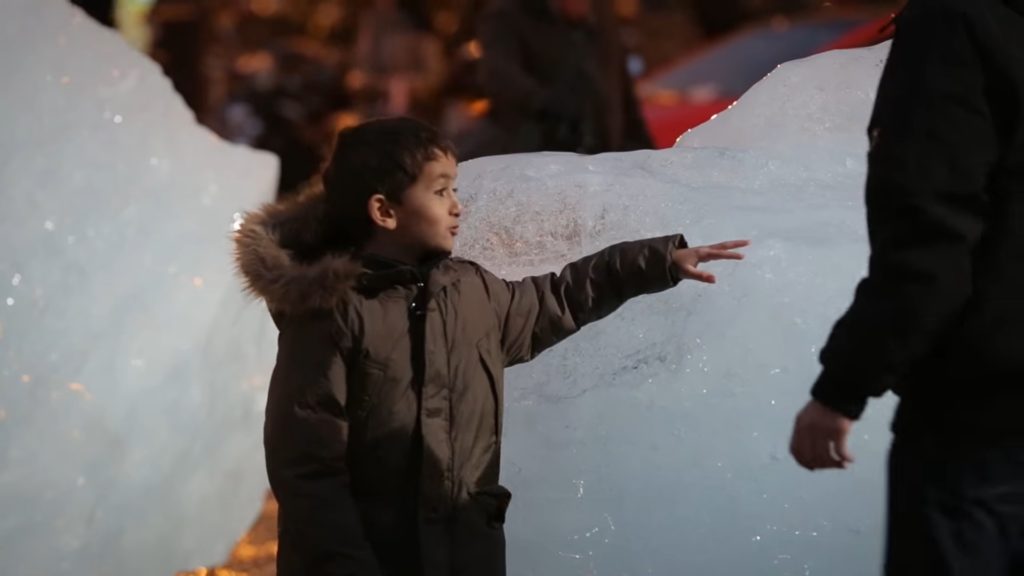
Olafur Eliasson’s Ice Watch was 12 large blocks of ice cast off from the Greenland ice sheet harvested from a fjord and presented in a clock formation in public places. The work raises awareness of climate change by providing a direct experience of the reality of melting artic ice. 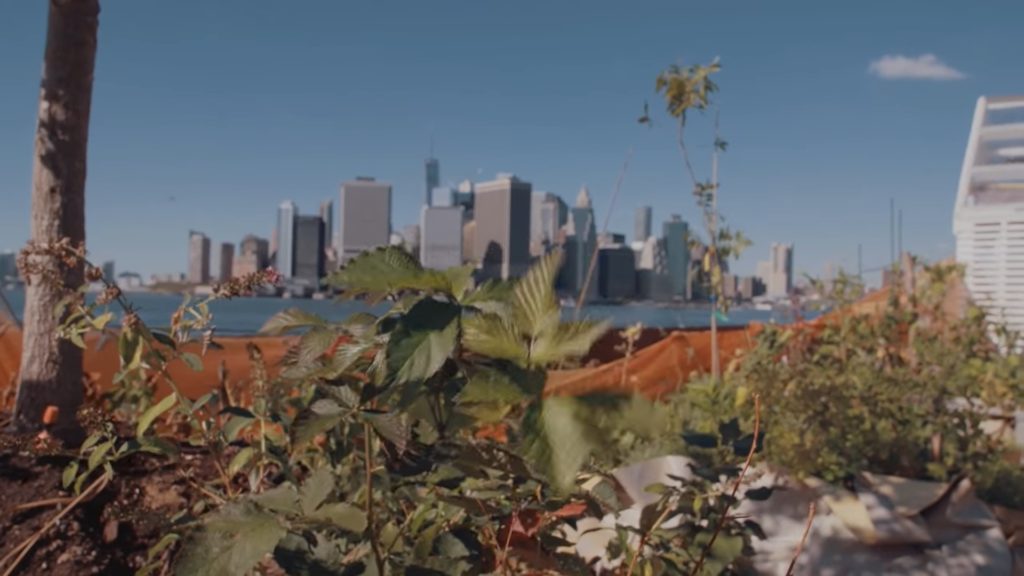
Mary Mattingly is a Brooklyn-based artist whose work explores issues of sustainability, climate change and displacement. She combines photography, performance, portable architecture and sculptural ecosystems into poetic visions of adaptation and survival. 
Katie Paterson In her 2007 project Vatnajokull (the sound of) Katie Paterson, an acclaimed Scottish artist, left a gallery empty apart from a telephone number on the wall. Visitors calling the number were connected to a microphone embedded in Europe’s largest glacier, which has been eroding since 1940. A company sponsoring the project used a hydrophone which hooks to an amplifier box and a regular mobile connecting to it allowed the caller to hear the creak of ice and the trickle of melting water.
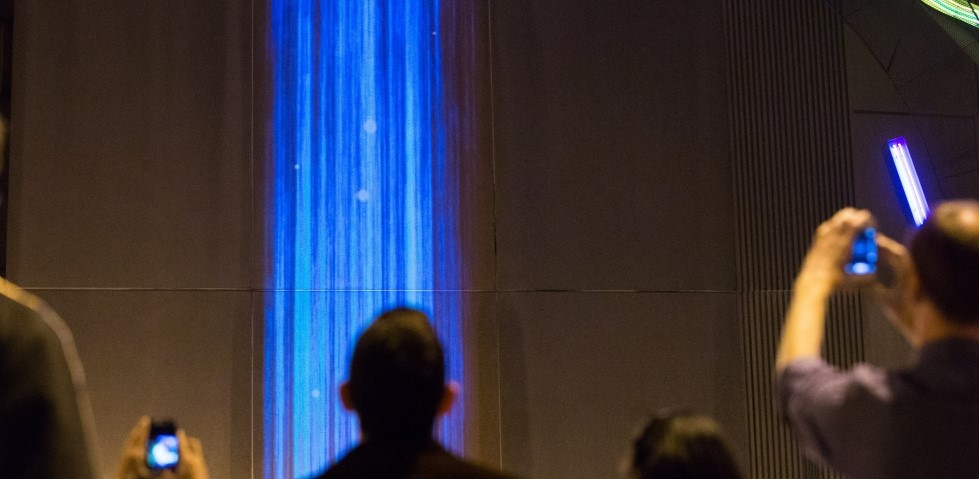
MULTIMEDIA ART
Multimedia art is an artwork that uses technology in a combinations which could include video, film, audio and computers. It is an innovative discipline that unifies a range of art forms and unveils a contemporary dimension in a novel way. It works extremely well at the intersection of art, science and technology. It is especially powerful in engaging the public with the concepts of environmental science.
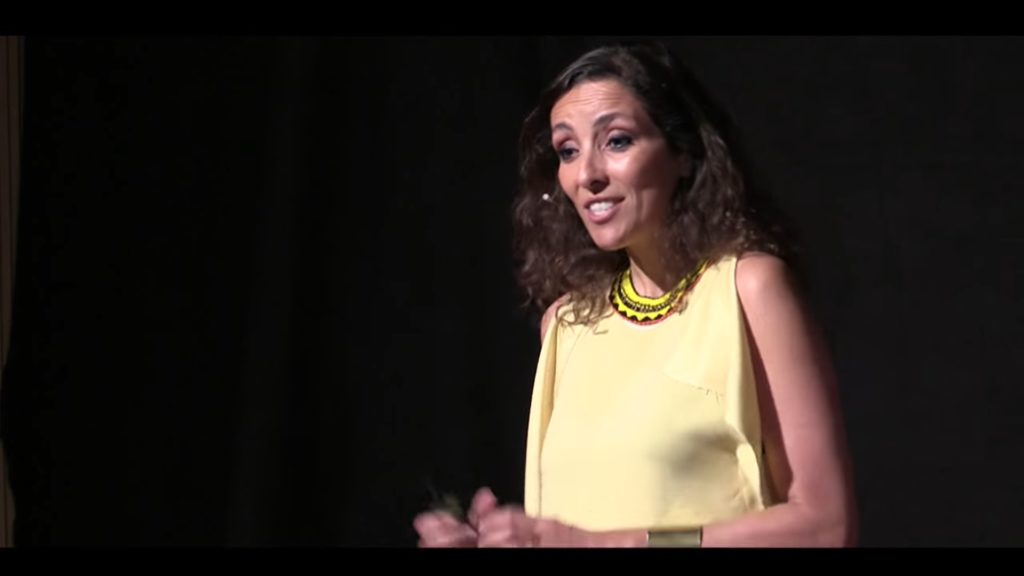
NAZUGA NESTAIYU One Beat One Tree is one of many projects that were inspired by her travels among aboriginal peoples in the Amazon, India and Oman and is about the interconnected relationship of Man to Nature. It projects virtual forests onto city spaces as digital trees grow in rhythm with a person’s heartbeat – viewers connecting to the series via a smart phone sensor. With each virtual plant, a physical one is grown in plantations throughout the world from Europe and Latin America to Africa and Asia. 
THE CANARY PROJECT was created by the artist duo Susannah Saylor and Edward Morris. It produces art and media about ecological issues using diverse media and participatory projects. Originally founded as a project to photograph landscapes throughout the world where scientists are studying the impact of climate change, they have since supported diverse projects involving more than100 artists, designers, writers, educators and scientists. 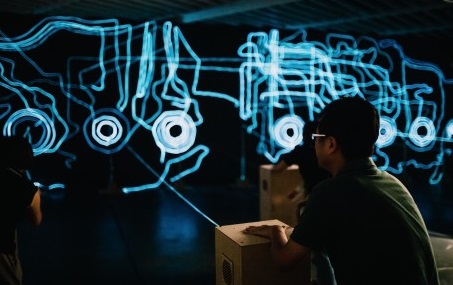
KASIA MOLGA is a media artist/designer/environmentalist and creative coder who works on the intersection of art, science, design and technology. She examines the changes in our relationship to the planet in the context of climate change and unforeseen futures in an increasingly technologically mediated world. 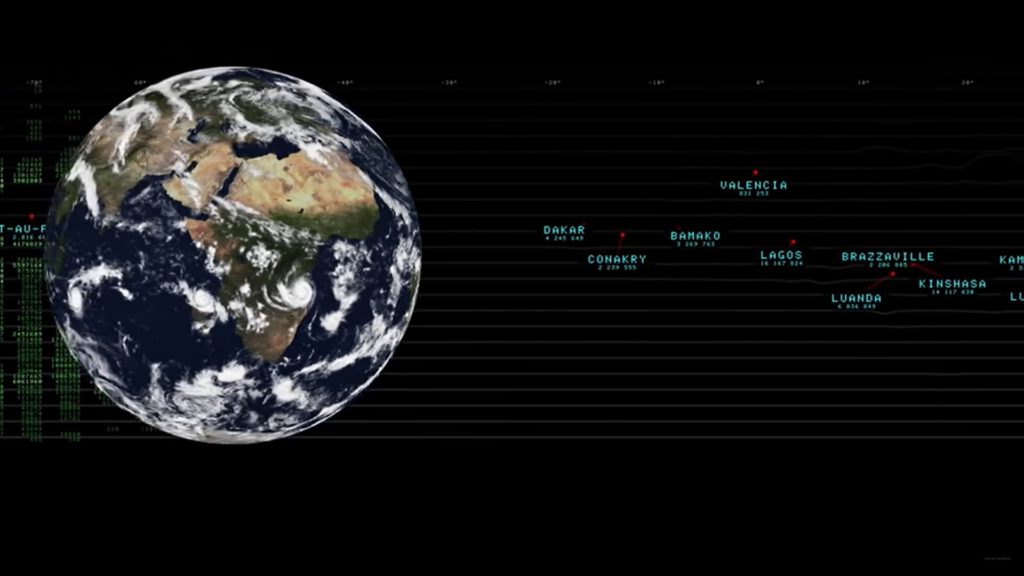
YONGWOO LEE is the director of the Shanghai Himalayas Museum. He developed a hybrid event called the Shanghai Project to create a participatory platform where people can exchange ideas which is unusual in China. One affecting work in the Project was Exit a video installation by the poet Paul Virilio and architecture firm Diller, Scofidio & Renfro charting trends in deforestation and migration around the world. 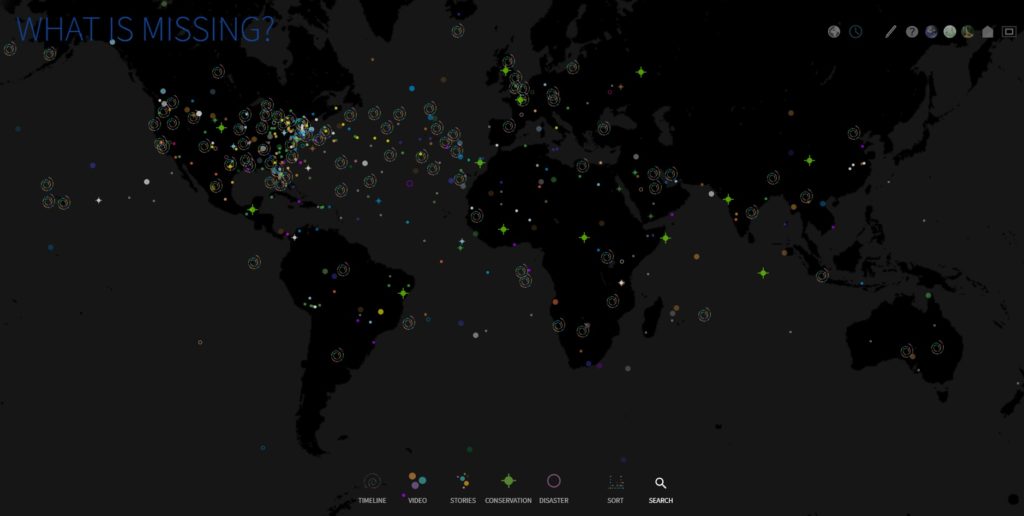
MAYA LIN’S web-based multimedia memorial “What is Missing?” is an on-going project launched on Earth Day 2012. It is an interactive global map, a collection of a multitude of natural sounds, core videos, animations, timelines and images to create a bank of the past and present in nature. It mixes art and science and aims at raising awareness about the loss of biodiversity and natural habitats. 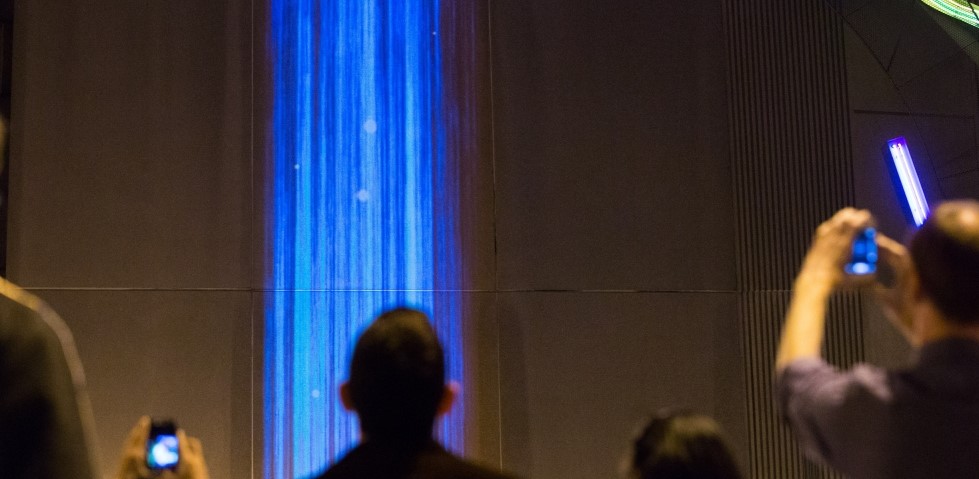
ANDREA POLLI creates artworks designed to raise awareness of environmental issues. They express scientific data obtained through her collaborations with scientists and engineers and have taken the form of sound art, vehicle-based works, public light works, mobile media experiences, bio-art and design. She has created and presented public artworks at many locations including a wind-powered light work covering the Rachel Carson Bridge in Pittsburgh. 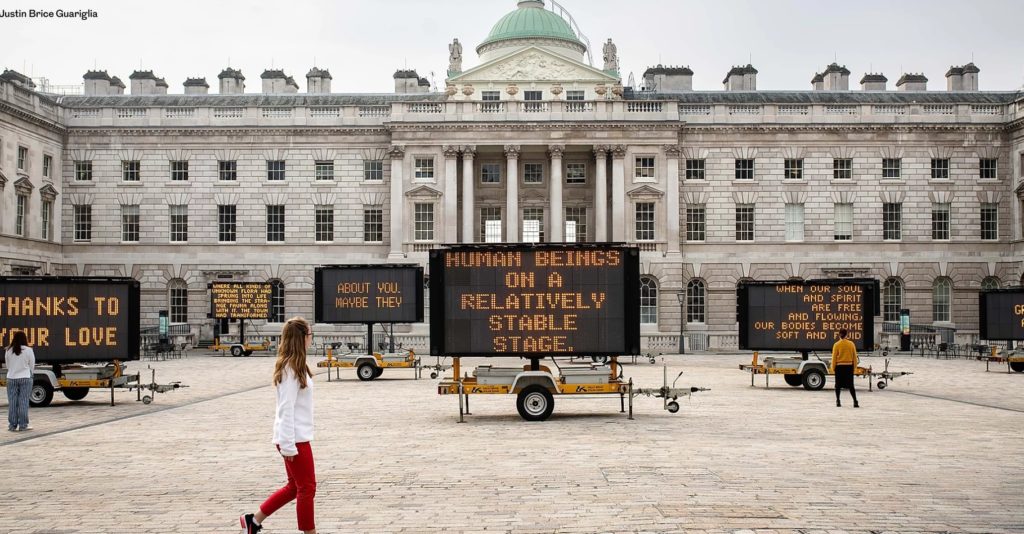
JUSTIN BRICE GUARIGLIA is an artist and activist known for his photographic, sculptural and public works that address ecological issues. His text-based repurposed highway signs installations feature quotations from philosophers, scientists, poets and activists and filled the Courtyard at Somerset House in London on Earth Day 2019. 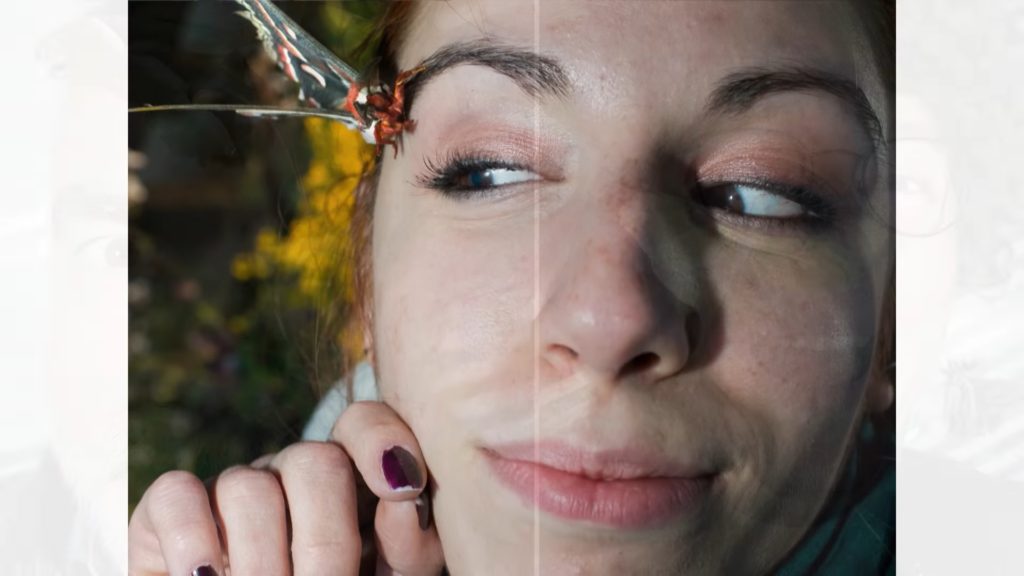
NATALIE JEREMIJENKO is an artist, engineer and inventor who uses technology, biochemistry, physics, neuroscience and trans-species collaboration. She specializes in environmental and urban issues, inventing novel ways to interact with the environment and learn from it. Her art is exhibited internationally. She is an Associate Professor of Art at NYU where she also directs the Environmental Health Clinic. She directed the Yale University Engineering Design Lab.
Are you an Artists for the Earth?
Share your stories and poems with us!